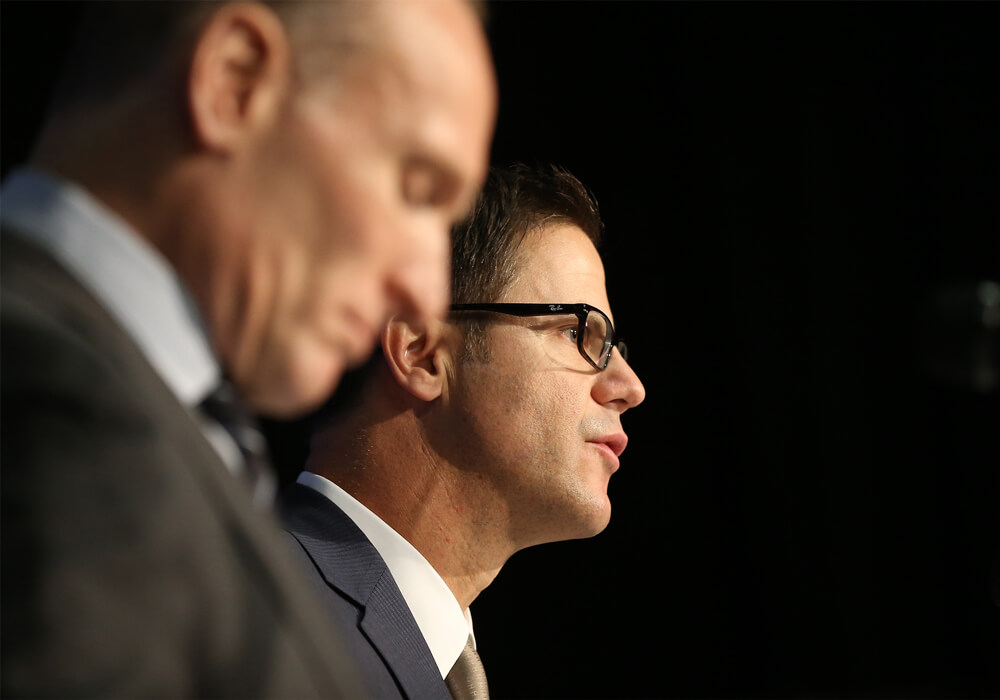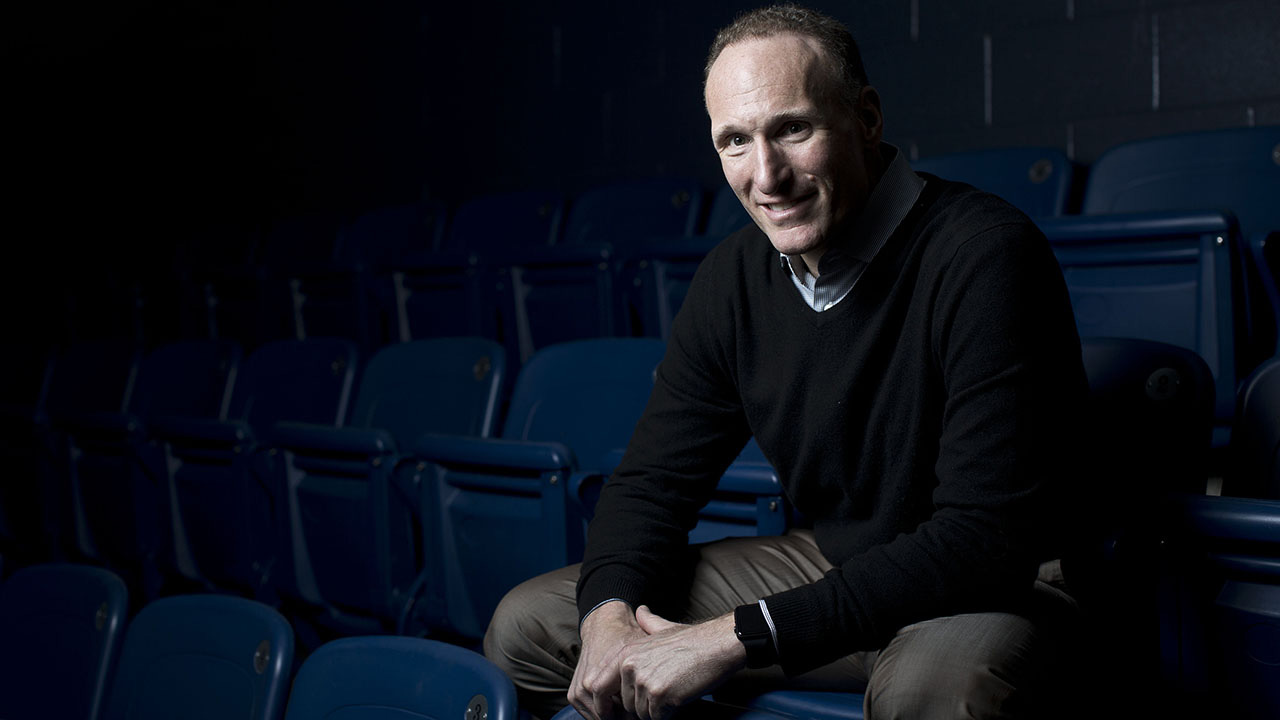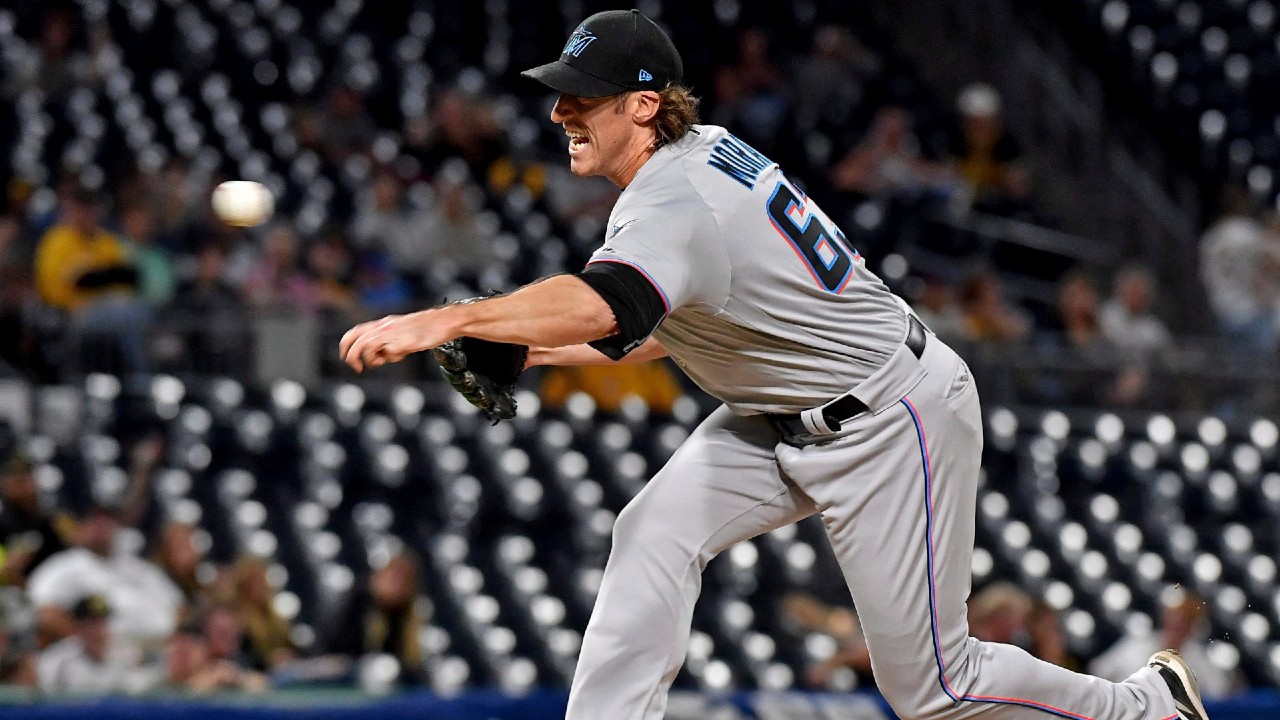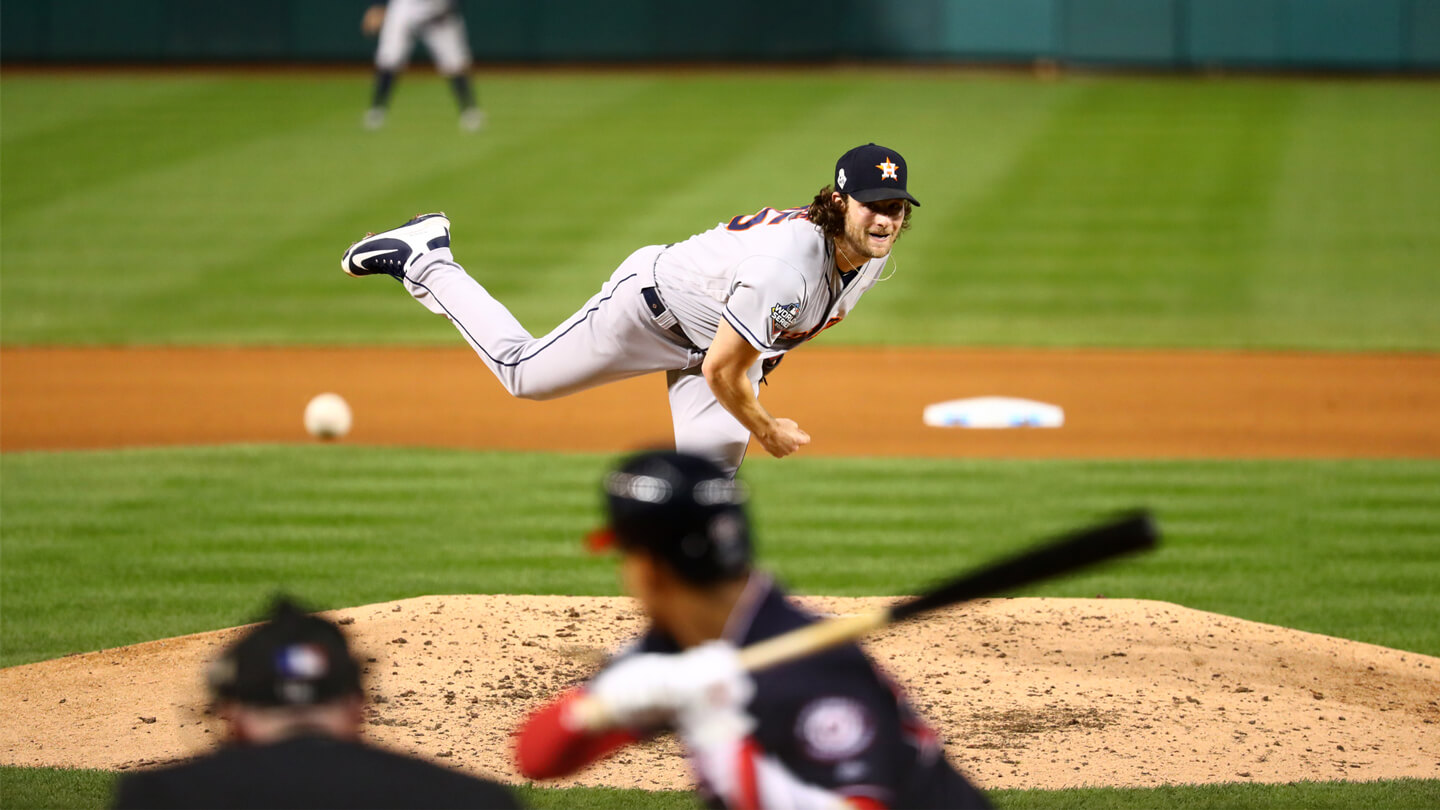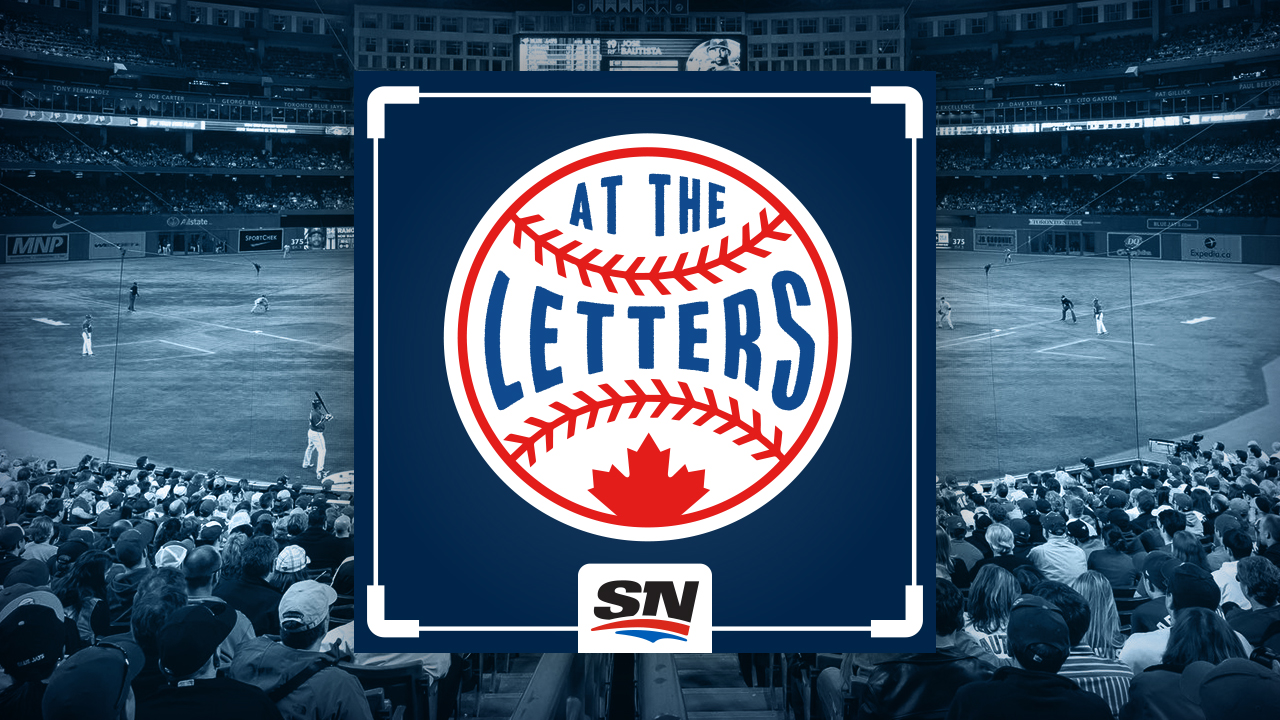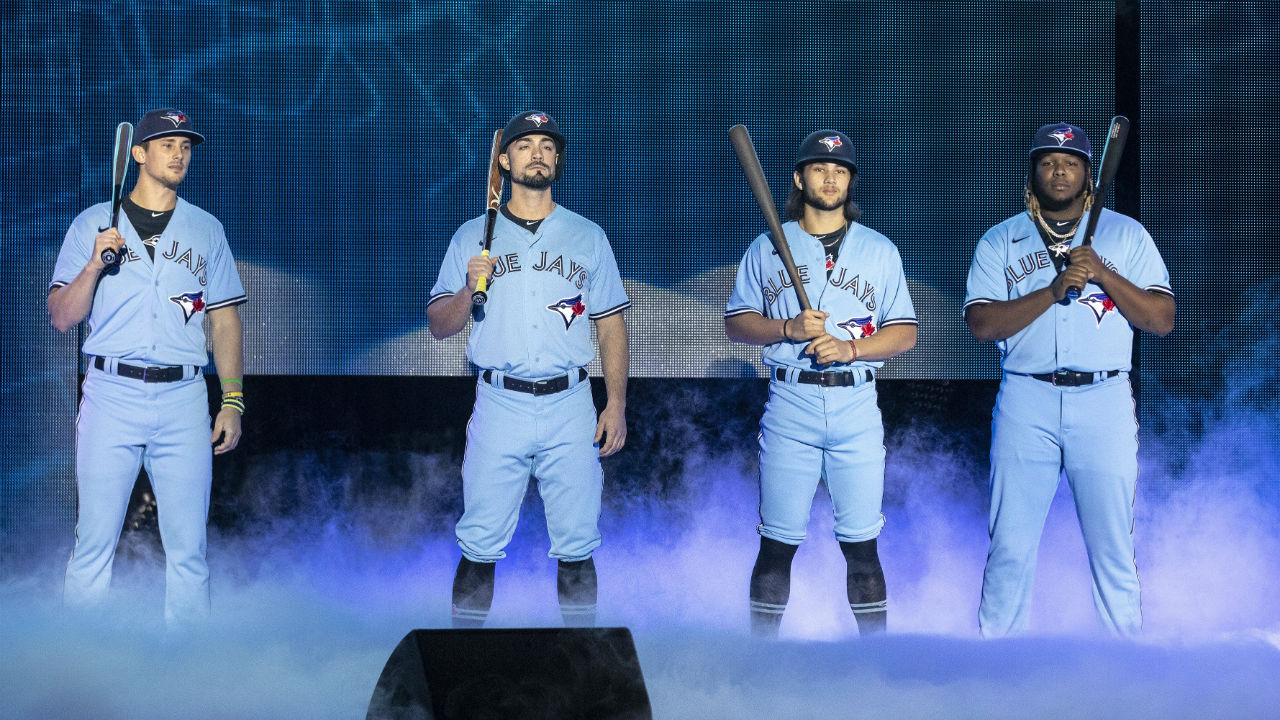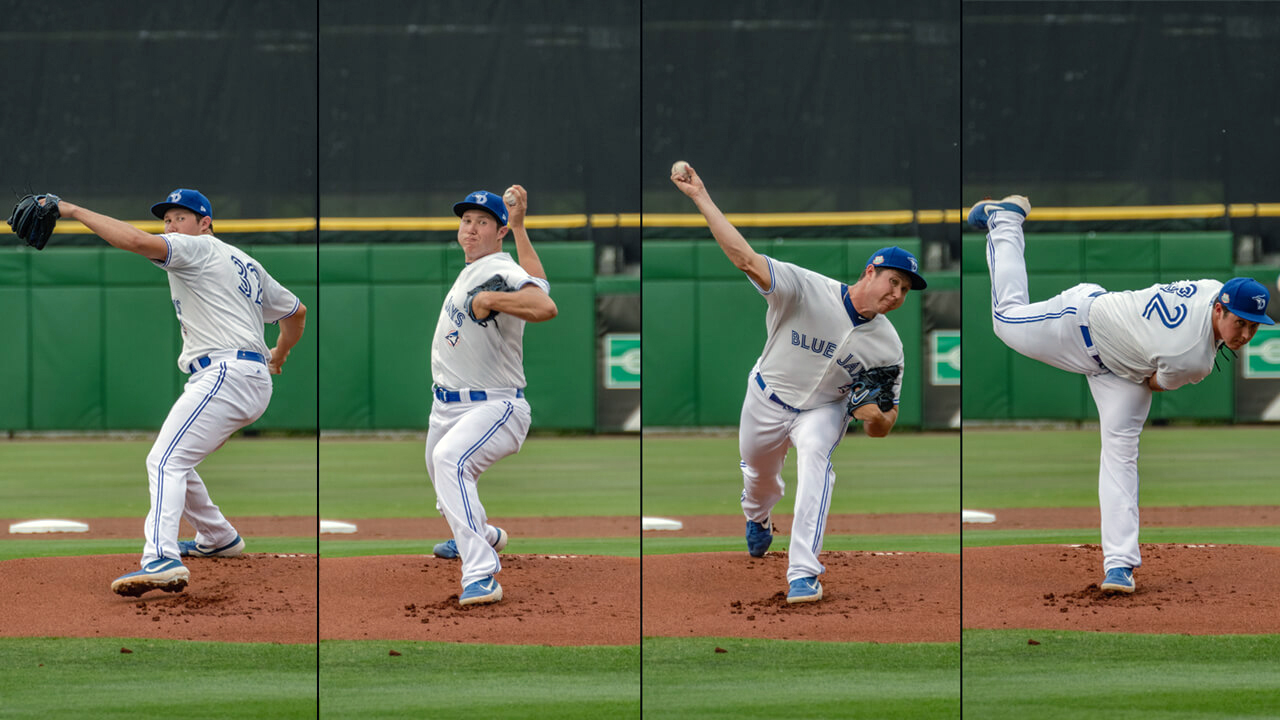At that point, agents in discussions with Toronto said the team’s approach changed drastically, with one calling the conversations “totally different. It’s like they realized what they’d been doing wasn’t working and decided to change things up.”
Another described the shift as dealing “with a new Ross.”
That wasn’t necessarily by design. The Blue Jays had hoped to land a premier arm like Ryu or Wheeler first, and then fill out the rotation around him. But with Boras busy working his way toward a billion dollars in negotiated contracts, they realized the order would have to be reversed.
By Dec. 11, the third day of the winter meetings, things were coming to a head with Roark, Porcello and Josh Lindblom, who was looking to return to North America after finding success in Korea. At a late morning meeting, as Porcello’s camp told the Blue Jays they needed more time to decide on the club’s offer, Roark accepted the $24-million, two-year deal. “I talked to the pitching coach, Pete [Walker], and the bullpen coach, Matt Buschmann, we had a great conversation,” says Roark. “They knew what they wanted and they wanted me and it’s exciting to have someone want you like that.” That same day, Lindblom agreed to a $9.125-million, three-year deal with the Brewers. Porcello took $10 million for one season from the Mets as the meetings wrapped up the next day.
While all that was happening, the Blue Jays were also in the mix for Alex Wood, Angel Sanchez — who, like Lindblom, had righted himself in Korea and was looking to cross the Pacific — and Shun Yamaguchi, the right-hander posted by the Japanese powerhouse Yomiuri Giants. They also continued their pursuit of Ryu, meeting with Boras again in San Diego after a visit with him in Los Angeles before the winter meetings.



